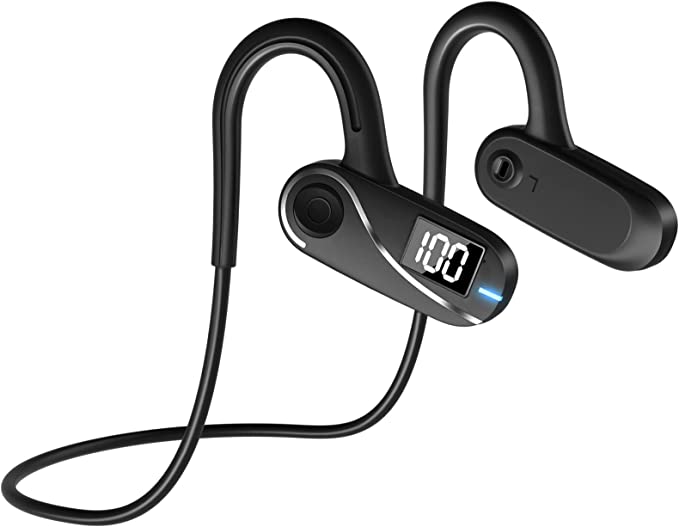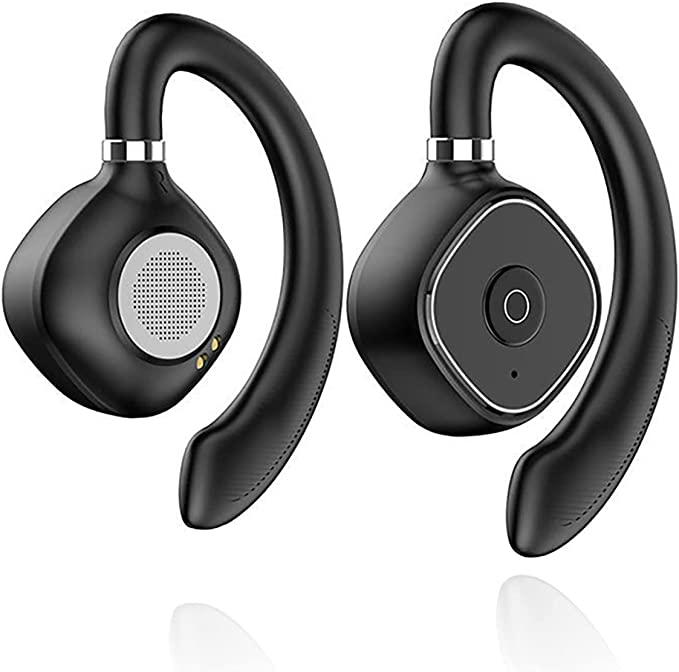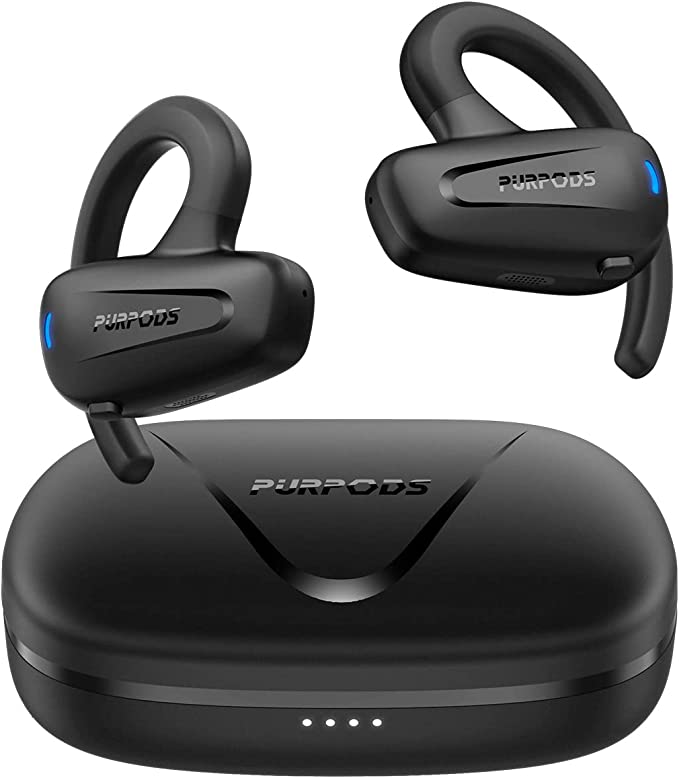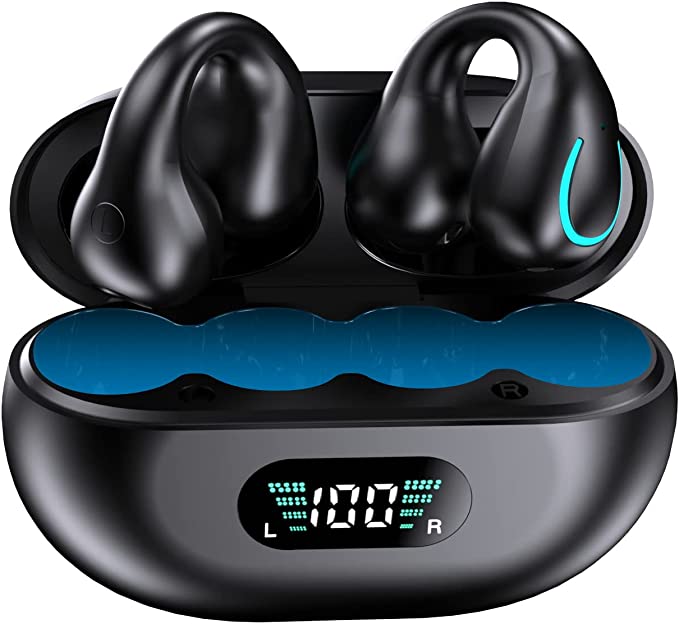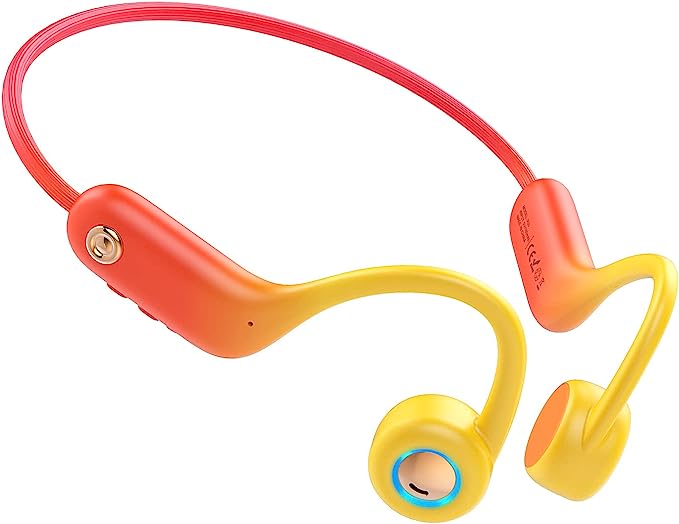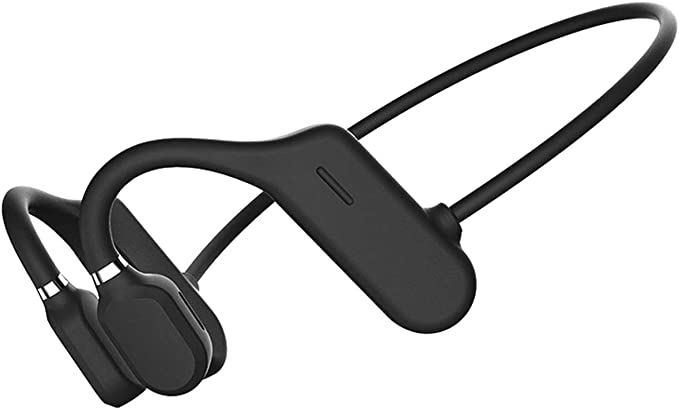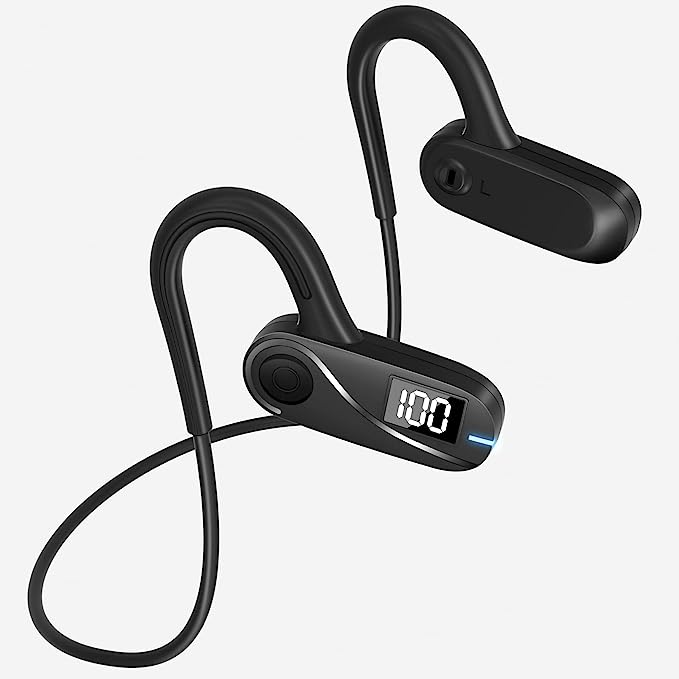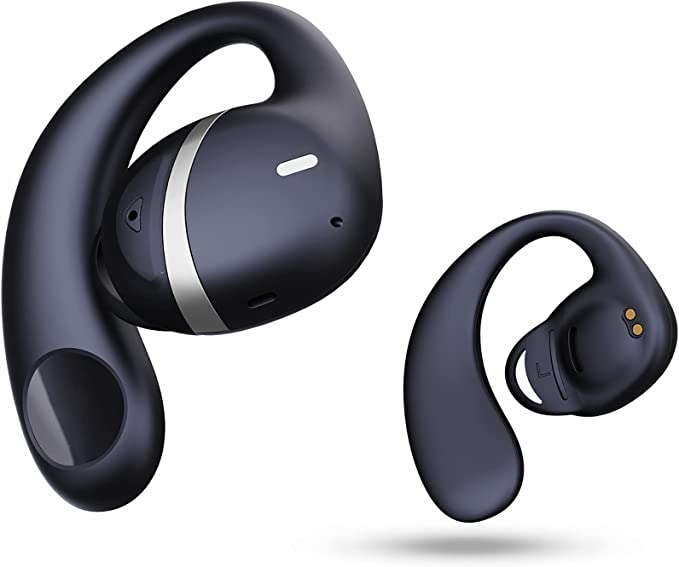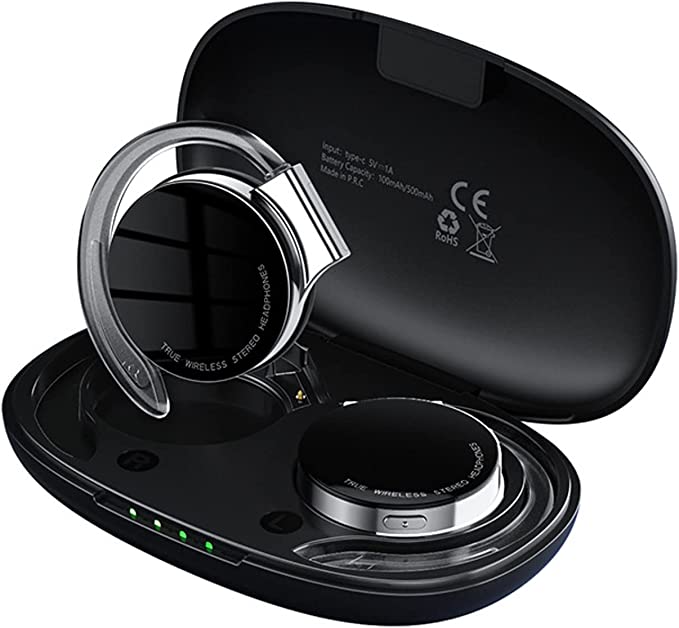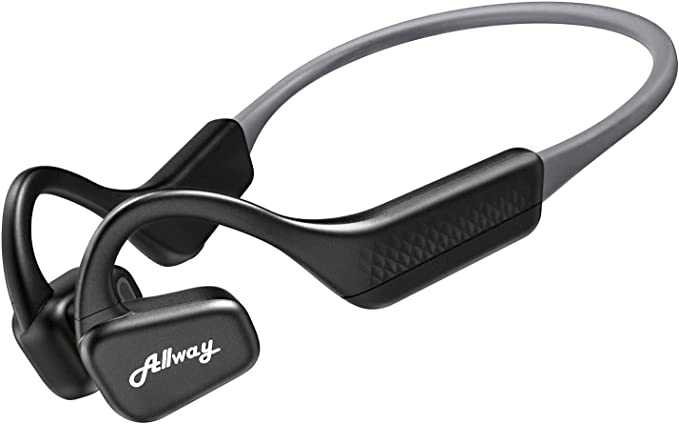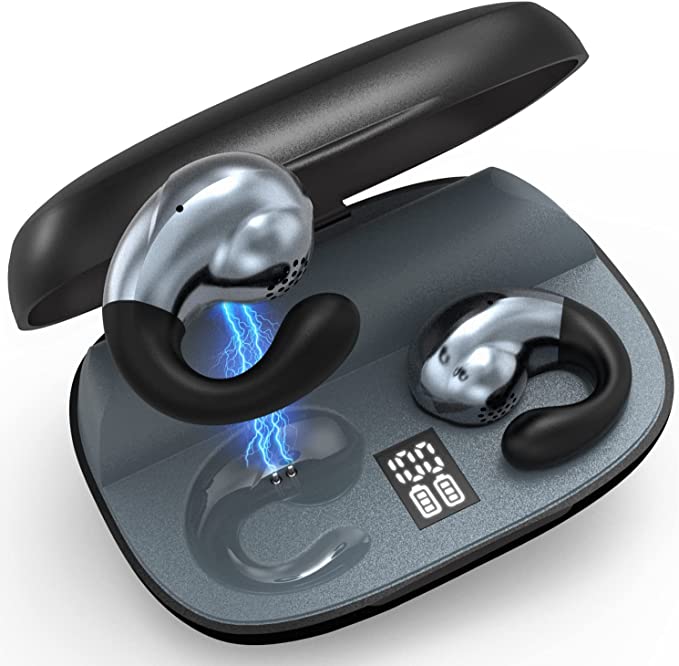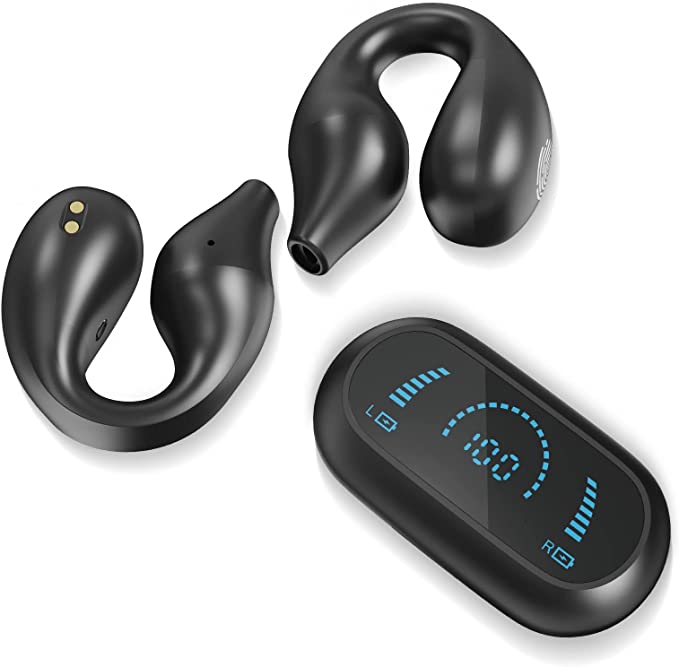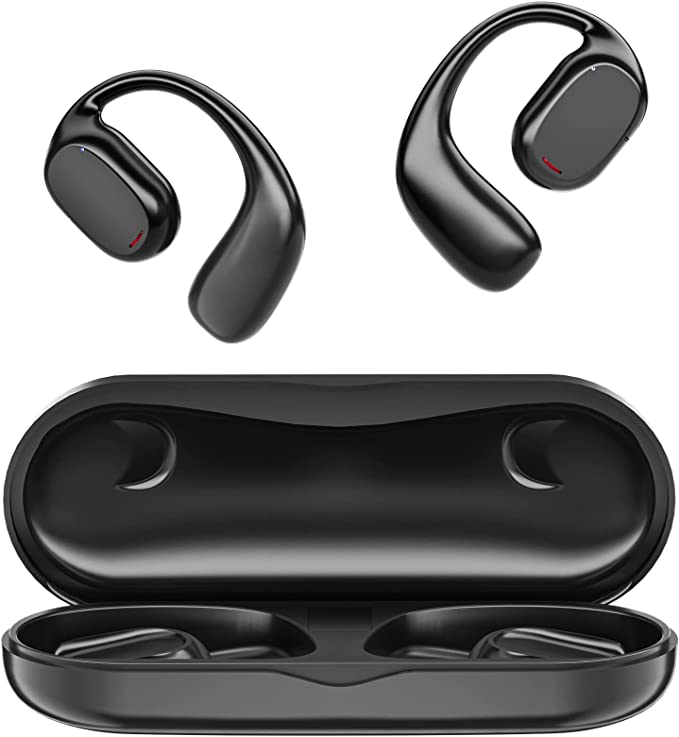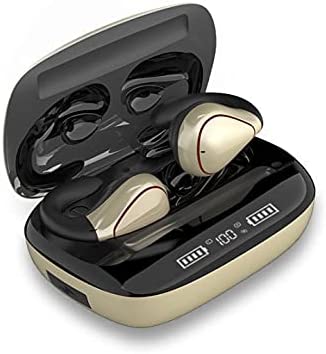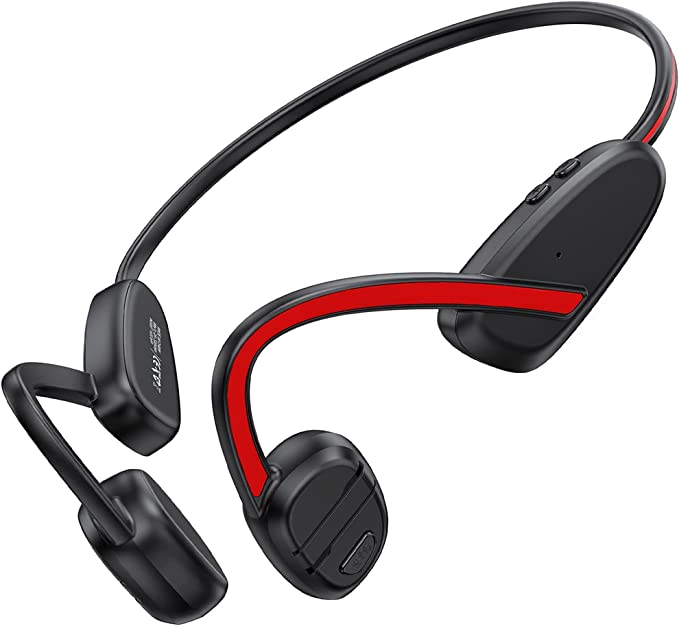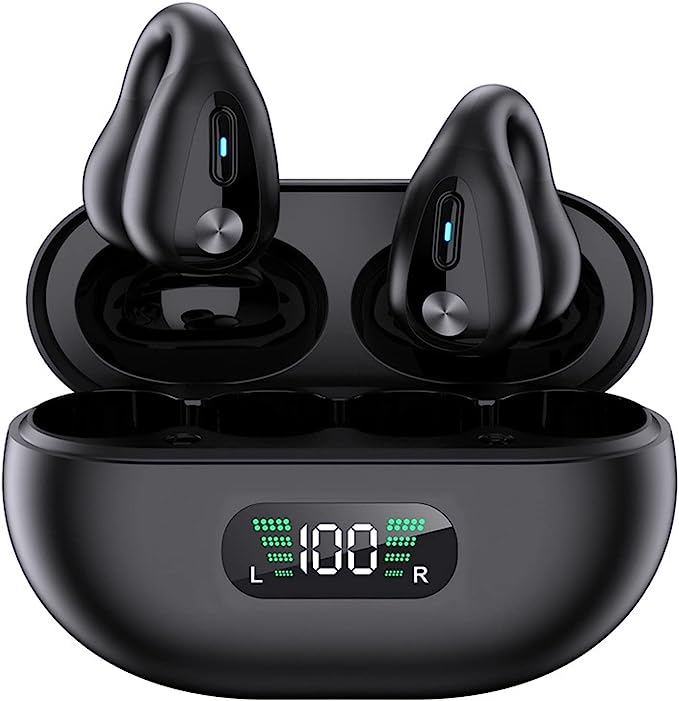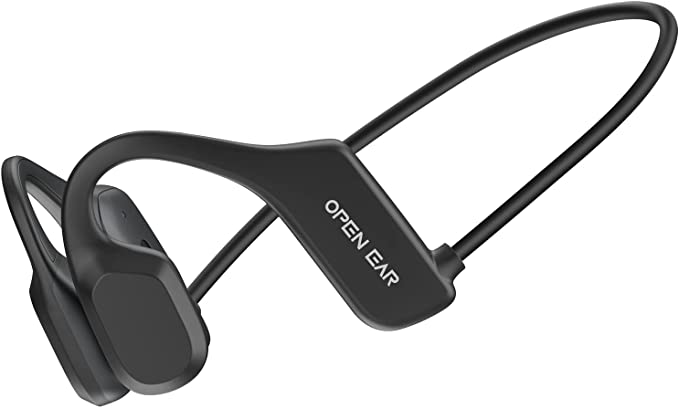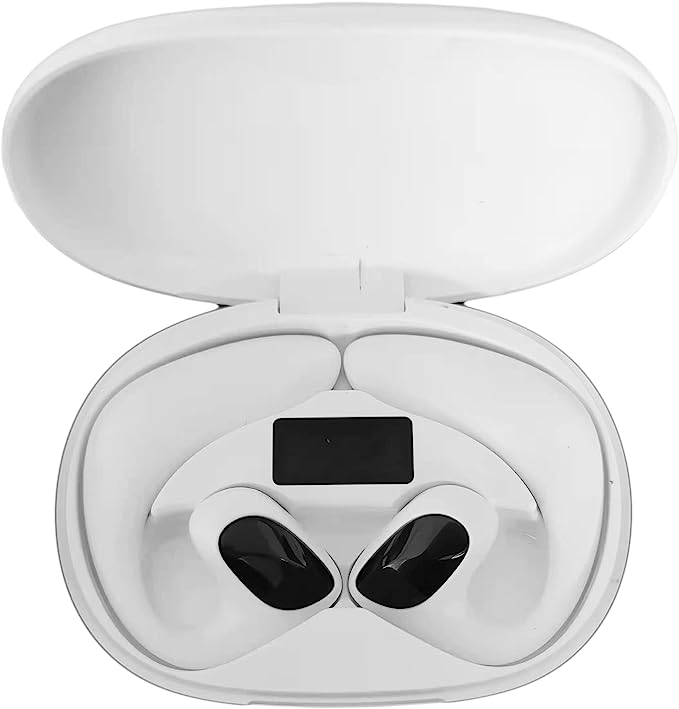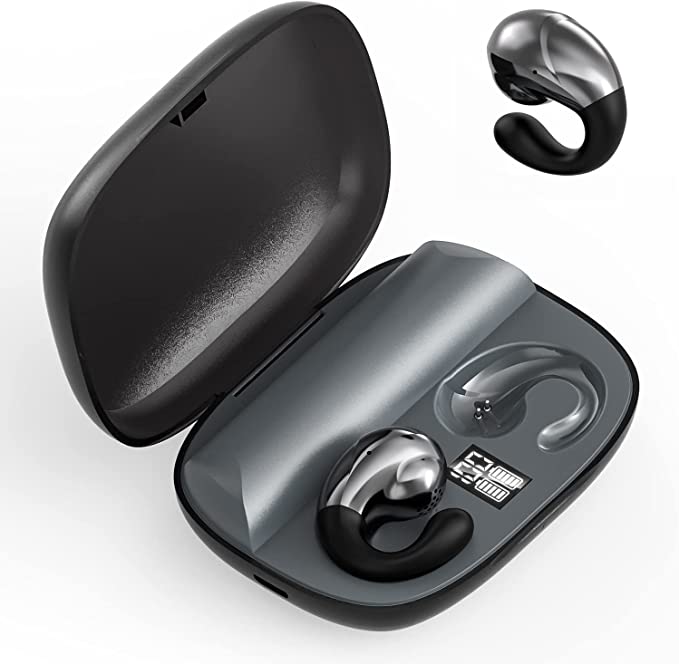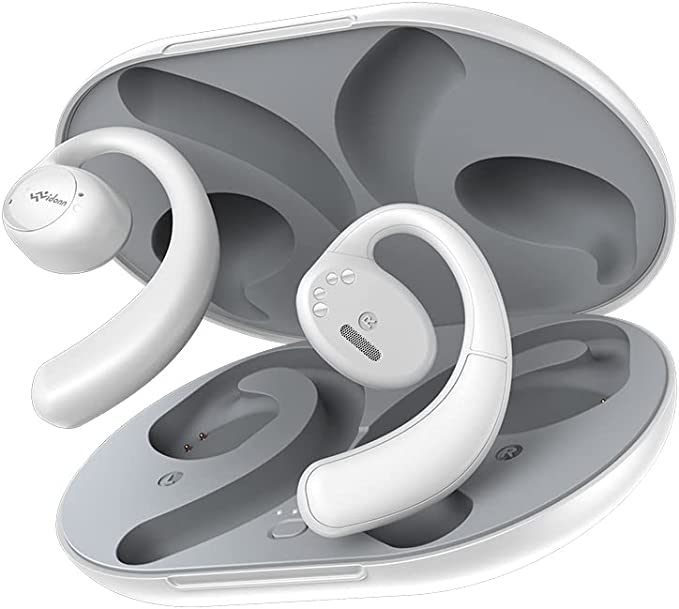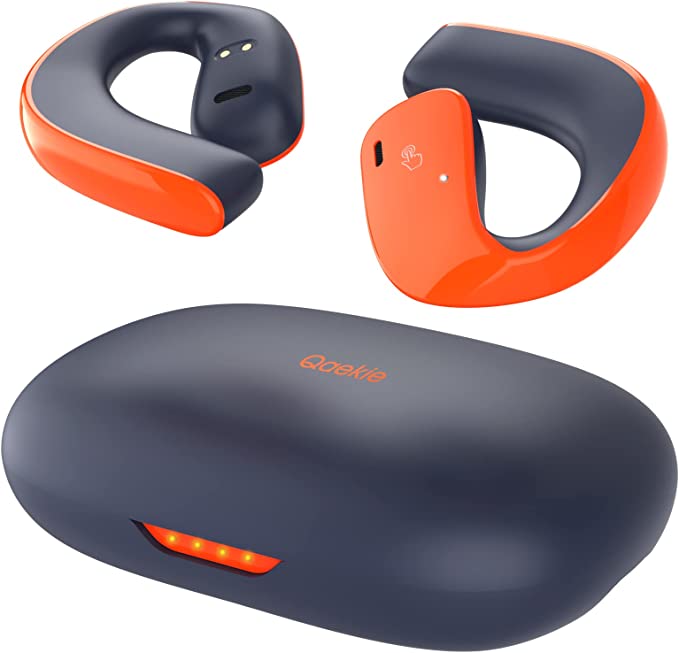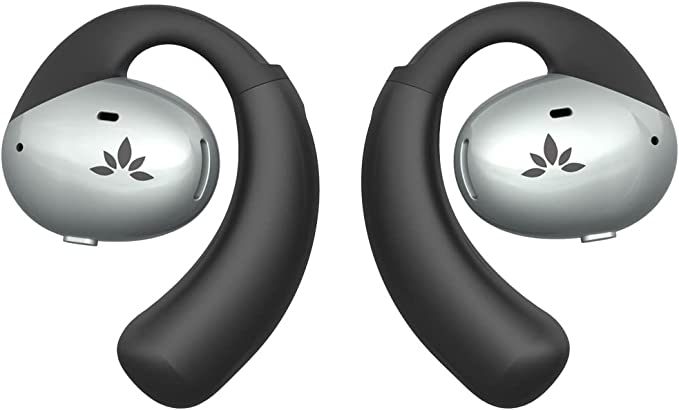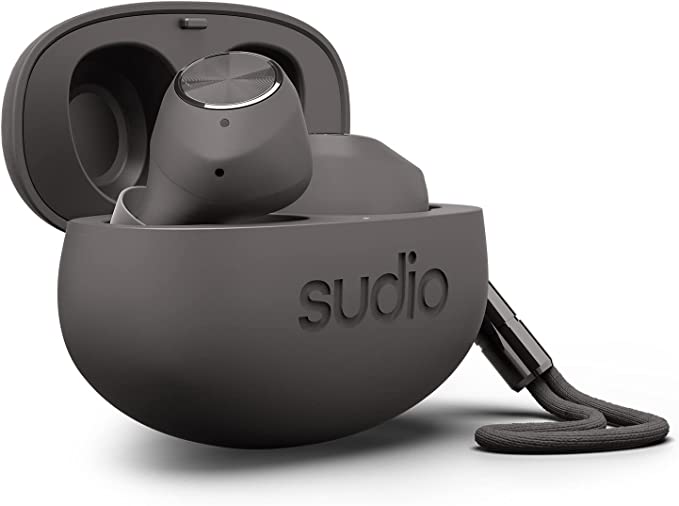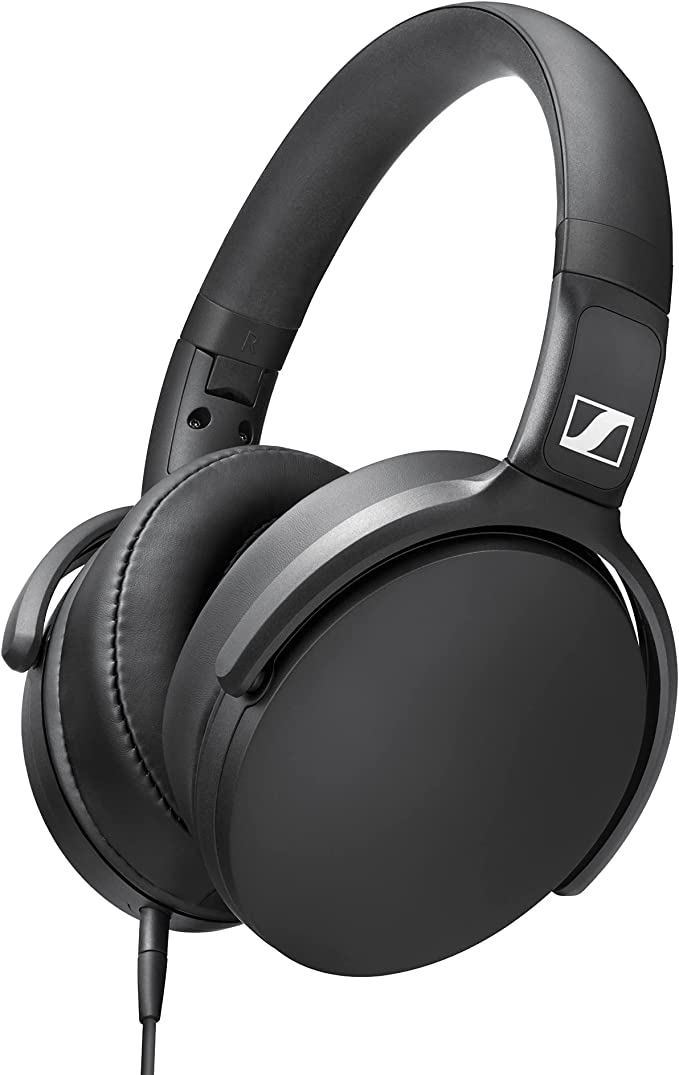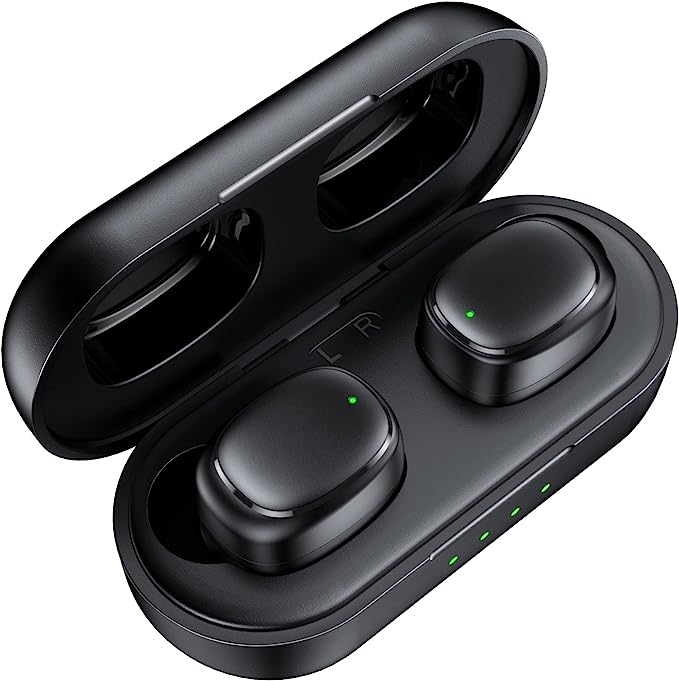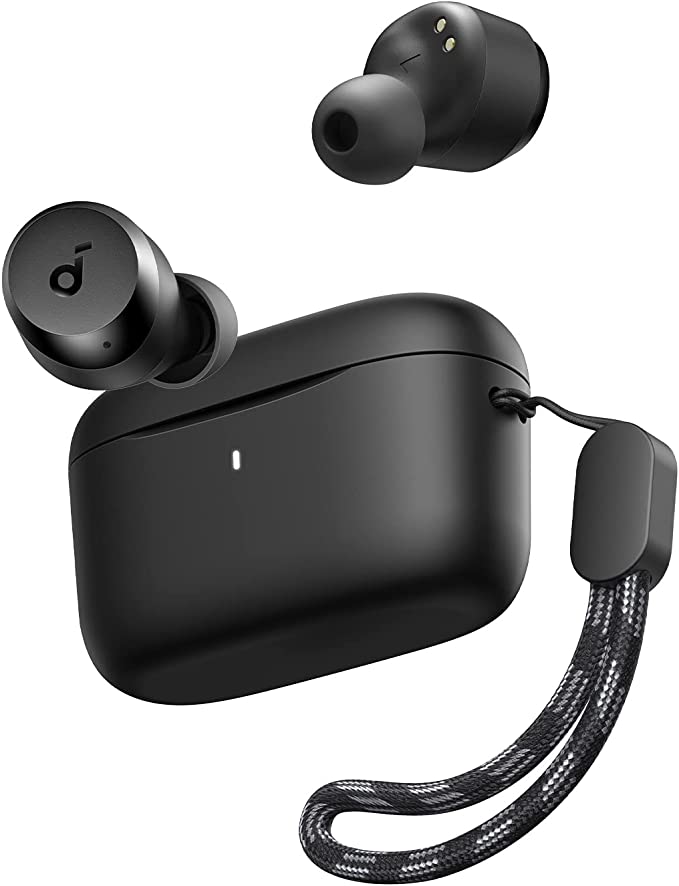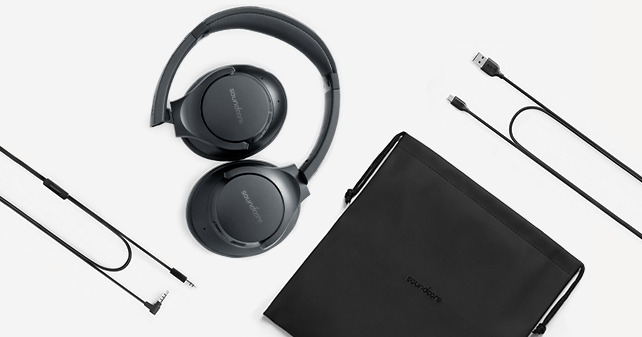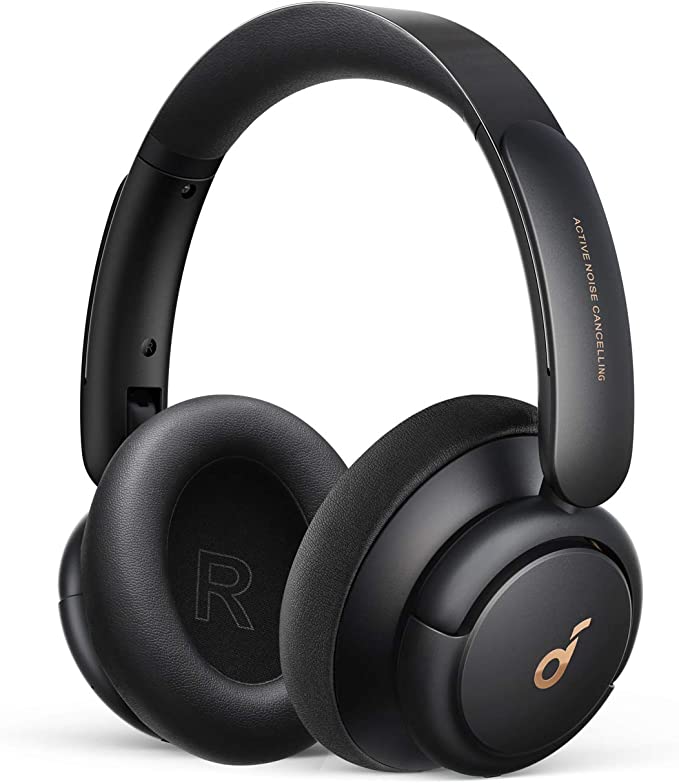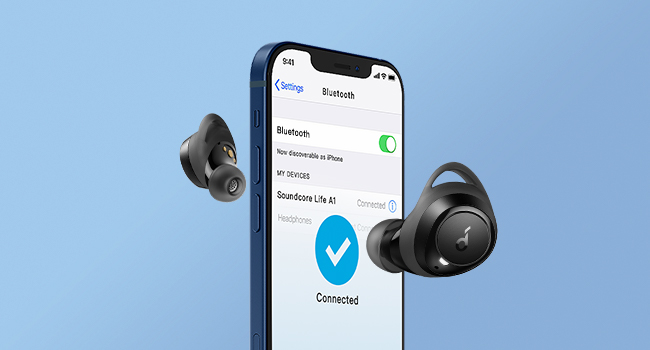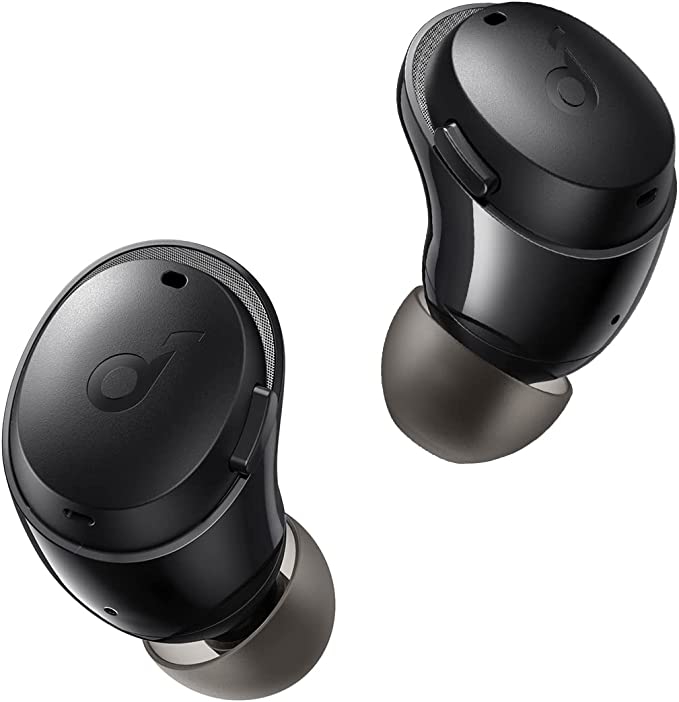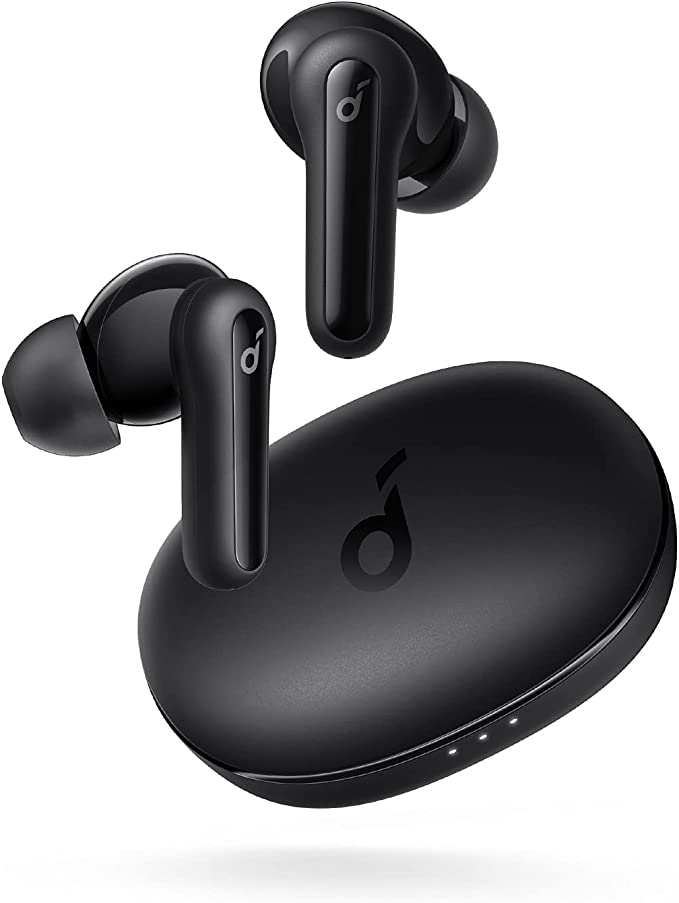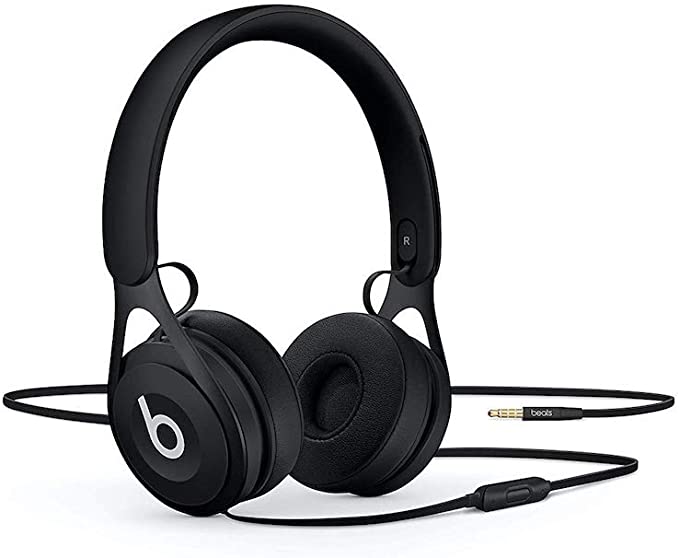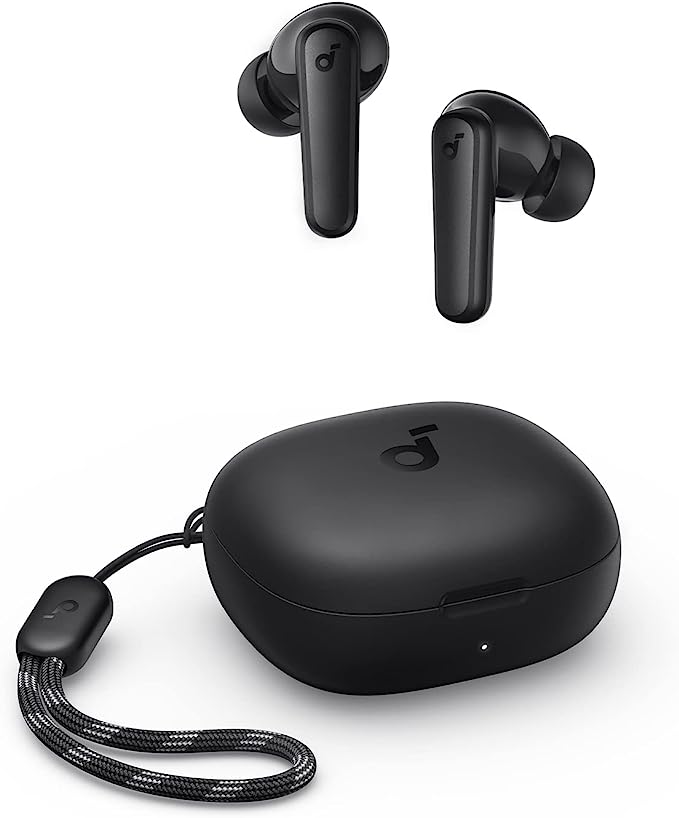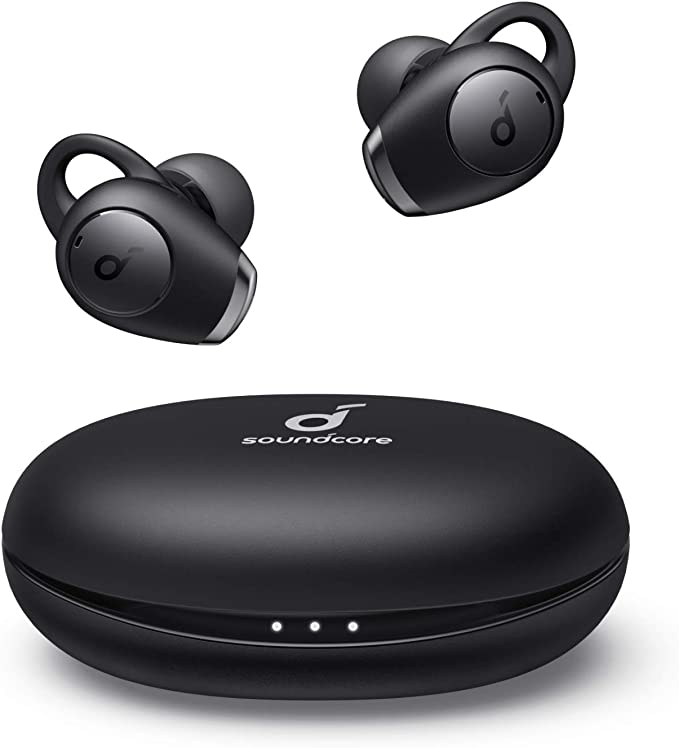Mosonnytee Open Ear Headphones: Truly Lightweight and Comfortable Open-Ear Earbuds
Update on July 3, 2025, 11:29 a.m.
In our hyper-connected world, we face a peculiar paradox. We crave the personal sanctuary of a favorite playlist or an engrossing podcast, a digital soundtrack to our lives. Yet, we are tethered to the physical world, needing to hear the approaching bicycle bell, the subway platform announcement, the call of a colleague from across the room. For years, personal audio has presented us with a binary choice: seal ourselves off for full immersion, or remain unplugged and disconnected from our audio. But what if there’s a third way? What if technology could allow us to have both?
This question is driving a fascinating evolution in headphone design, moving beyond the familiar in-ear buds and over-ear cans. We’ve seen bone conduction technology, which bypasses the ear canal entirely by sending vibrations through our cheekbones. Now, a refined and distinct approach is gaining traction: open-ear air conduction. Using the Mosonnytee Open Ear Headphones as a case study based on its provided specifications, we can deconstruct this technology to understand the science of how one can listen to the world within, without losing the world around.

A Different Kind of Open: Air Conduction vs. The Alternatives
To grasp what these headphones do, it’s crucial to understand what they don’t do. Unlike traditional earbuds, they don’t create a seal inside your ear canal. This immediately eliminates the “occlusion effect”—that stuffy, pressurized feeling and the unnerving amplification of your own breathing and footsteps.
And while they share the “open-ear” philosophy with bone conduction headphones, the mechanism is fundamentally different. Bone conduction is a feat of mechanical engineering, essentially vibrating your skull to stimulate the inner ear. Air conduction, as seen in this design, is a more direct and, arguably, more natural approach. Imagine it this way: instead of knocking on the wall of a room to be heard inside (bone conduction), it’s like having a tiny, well-aimed speaker that projects sound right at the doorway. These headphones use their dual 12mm dynamic drivers to create a focused field of sound that enters the ear canal naturally, the same way all other environmental sounds do. This distinction is key to their comfort and the quality of the audio experience they aim to provide.

The Engineering of “Weightless” Stability
A primary challenge for any non-invasive headphone is stability. How do you keep something on during a run if it’s not wedged in or clamped on? The design described here as a “clipears” solution points to a principle of ergonomic load distribution. By gently hooking over and resting on the structure of the outer ear (the pinna), the device leverages the ear’s natural curves to secure itself. This avoids concentrating pressure in a single spot, particularly the sensitive ear canal.
The result, in theory, is a fit that is stable enough for exercise without the intrusive feeling of in-ear tips or the constant pressure of a bone-conduction transducer. It’s an approach centered on the idea of “coexistence” with the user’s body, rather than “occupation” of it, aiming for a state where you might even forget you’re wearing them.

The Heart of the Matter: Drivers and Data Streams
At the core of any headphone is the driver—the component that actually makes sound. The mention of 12mm dynamic drivers is significant. In the world of compact earbuds, a 12mm driver is relatively large. In physics, a larger diaphragm is capable of moving more air. This greater air displacement is fundamental to producing a fuller sound, especially in lower frequencies (bass). For an open design that is susceptible to bass leakage, starting with a capable driver is a critical engineering choice to offset the environmental openness.
This sound is delivered via a Bluetooth 5.3 chip. While version numbers can seem like marketing jargon, the move to 5.3 brings tangible benefits rooted in the Bluetooth LE (Low Energy) Audio standard. It’s designed for greater power efficiency, meaning the stated 5 hours of playtime from the earbuds and 20 hours with the case become more reliable. It also fosters a more robust and stable connection, reducing the frustrating skips and dropouts that can plague wireless audio, especially in environments saturated with other signals. The control system is a single physical button, a deliberate choice in user interface design that prioritizes tactile, certain feedback over the sometimes-finicky nature of touch controls, especially when hands are sweaty or gloved.

Designed for Life’s Spills: Decoding IPX5
The IPX5 waterproof rating is another piece of the puzzle that speaks to the product’s intended environment. The “IP” stands for Ingress Protection, a universal standard. The “X” means it hasn’t been rated for dust protection, while the “5” is the crucial number for water. An IPX5 rating signifies that the device is protected against low-pressure water jets from any direction.
What does this mean in the real world? It’s not designed for swimming. You cannot submerge it. However, it is engineered to withstand a sweaty workout, a sudden downpour on a run, or an accidental splash from a water bottle. It’s a rating that provides peace of mind for the active user, ensuring the technology is resilient enough for the unpredictability of daily life and exercise.

The Beautiful Compromise: Finding the Right Tool for the Job
It is essential to frame this technology within a context of trade-offs. Open-ear headphones are not an audiophile’s choice for critical listening in a quiet room. The open design, by its very nature, allows environmental noise to mix with your audio. On a noisy street or subway, the ambient sound will inevitably compete with your music. Furthermore, they will have more sound leakage than a sealed earbud.
But to judge them by the standards of noise-canceling headphones would be to miss the point entirely. Their triumph lies not in isolation, but in integration. They are for the cyclist who needs to hear traffic, the parent who needs to keep an ear out for their children, the office worker who wants to enjoy music without appearing unapproachable. They represent a conscious choice: sacrificing a degree of audio fidelity for a massive gain in situational awareness and long-wearing comfort. They are not a replacement for all other headphones, but a unique and valuable addition to the sonic toolkit, purpose-built for a life lived in motion and in connection with the world.
